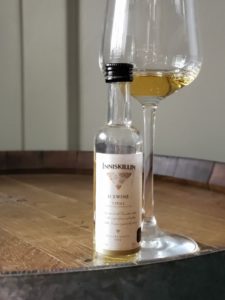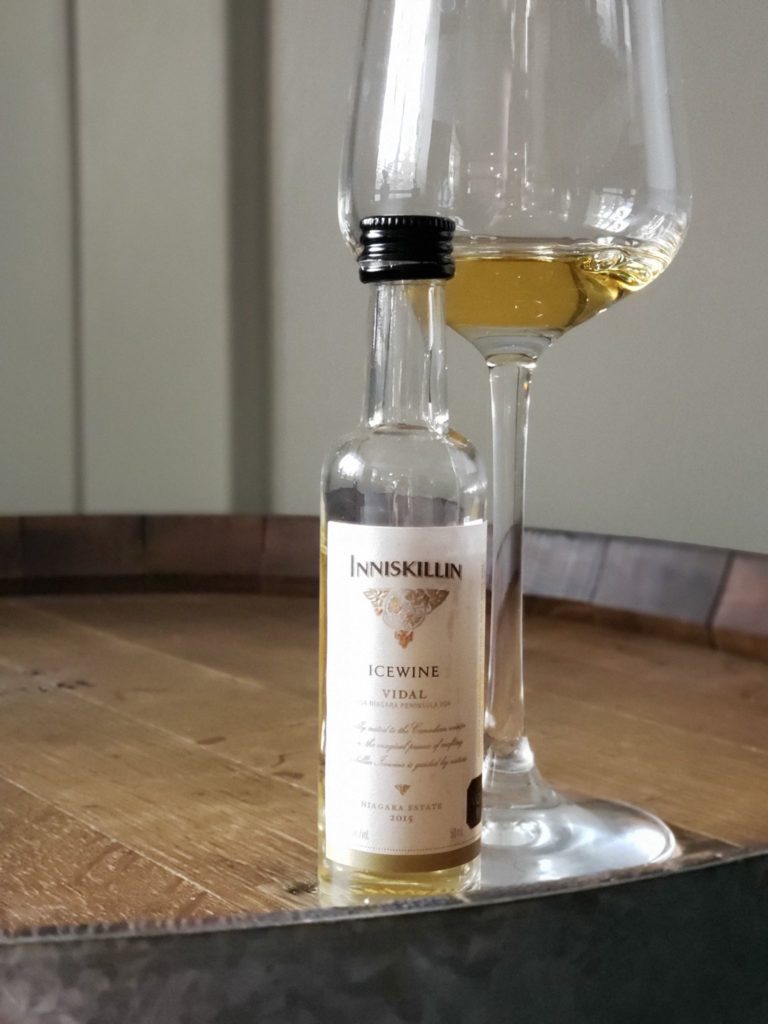When the weather gets cold and the snow starts to fall, there’s nothing better than the sweet, luscious indulgence that is Canadian Icewine.
What is Icewine?
Known as Canada’s liquid gold, Icewine is mainly produced in Ontario’s Niagara Peninsula and British Columbia’s Okanagan Valley. Icewine is made from pressing the juice of frozen grapes. Generally, the grapes used for these wines have higher amounts of residual sugars to begin with. Vidal and Riesling are common grape choices. Freezing concentrates the sugars and flavours within the fruit. When they’re pressed, the frozen grapes expel a sweet, viscous nectar.
The production of Icewine is heavily monitored for quality by regulatory authorities; in this case, the Vintners Quality Alliance (VQA). All BC and Ontario Icewine should bear the label VQA. This is the consumer’s assurance that the product has undergone the requisite tests and audits to ensure quality control.
By law, wines carrying the Icewine label must be made from grapes that have frozen on the vine at temperatures of -8°C or lower. No additional sugars may be added – the sweetness must come naturally from the grapes themselves and the concentration of sugars during the freeze. The grapes also must be pressed while still frozen. It’s because of this requirement that the harvest often takes place under the moonlight, when the temperatures aren’t likely to warm up above the required -8°C.
Why is Icewine so expensive?
Icewine production is risky business. It involves leaving the grapes on the vine long after the normal harvest has taken place. Instead of using these those grapes in the production of still wine, they were left hanging on the vine well into the winter. Doing this leaves the grapes more susceptible to destruction from harsh weather and the hungry mouths of birds and animals.
There’s also much less of it. As the grapes freeze, they shrink, drastically reducing yields. An average-sized bottle of Icewine contains 375 mL. Producing these small bottles takes between three and four kilograms of grapes. If the grapes hadn’t been frozen and you were making table wine, that same three to four kilograms could produce more than six times as much liquid.
If you love the flavors of Icewine and aren’t looking to break the bank, look for Late Harvest wines. Late Harvest wines are also made in a sweet style. They’re made from grapes that are allowed to hang on the vines much longer than normal, but aren’t necessarily frozen. Instead, they may have taken on their sweet, raisinated quality from dehydrating on the vine.
Be wary of wines labelled ‘Iced Wine” or “Icebox Wine.” These names usually indicate a wine made from grapes that were artificially frozen. While they certainly aren’t bad wines, they lack the complexity that comes from Icewine grapes’ multiple freeze-thaw cycles.
What does it taste like?
The best Icewines are perfectly balanced. They are viscous and have a honeyed sweetness touched with tropical fruits. The sweetness should be held up by a backbone of rich acidity. The sweetness should never be cloying.
What should I pair it with?
Icewine is a dessert wine, so you can either pair it with your dessert or use it as your dessert. The general rules of food and wine pairing dictate that your sweet wine be sweeter than your dessert. Owing to the acidity present in Icewines, they make a perfect pairing for rich foods like foie gras, pâté, and blue cheeses.
Icewine is versatile
Decadent, sweet, and generally low in alcohol, Icewine makes a great addition to cocktails and other beverages. Add an ounce of Icewine to Champagne or Prosecco or mix it with vodka and add a garnish of frozen grapes to create an Icewine martini.
The Last Word on Icewine
If you’re new to Icewine, you can’t go wrong with picking up a bottle from either Ganton & Larsen Prospect Winery, Henry of Pelham, Inniskillin Estates, or Peller Estates. These wineries have products readily available in virtually every market.


